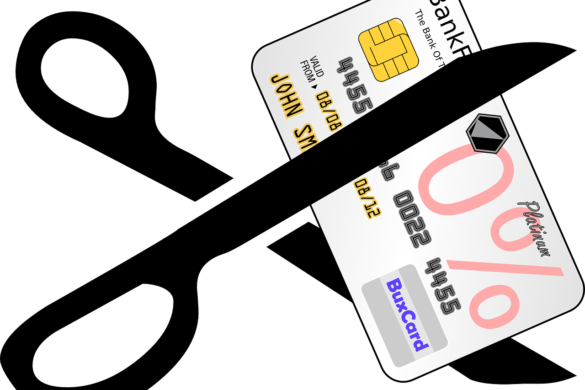Before the legal system organizes and schedules a trial for a criminal charge, judicial proceedings arrange for an arraignment hearing. If legal officials accuse you of wrong-doing, this is the first court appearance where a judge reads the preliminary charges against you.
During an arraignment hearing, the judge announces the charges, and the judge asks if you are aware of the charges against you. At this time, the judge asks how you want to plead. This meeting does not determine guilt or innocence.
If the law arrested you, the regulations demand the court must bring you before a judge within 24-48 hours following the arrest. If you do not have any previous warrants, the Supreme Court demands that the authorities bring you before a judge within 48-hours of the arrest. At this session, a judge decides if there is enough probable cause for the arrest.
What Happens During an Arraignment Hearing?
The central purpose of an arraignment is to inform you of the nature and purpose of the charges, and for the court to provide legal counsel for you. The Sixth Amendment of the United States Constitution declares that the arraignment hearing provides you the opportunity to know the charges filed against you.
The arraignment hearing is a pre-trial declaration of the formal charges and a chance for you to speak on your behalf. This is your opportunity to make a statement.
After the judge reads the charges, he asks you if you want a court-appointed attorney. If you qualify for court-appointed counsel, the judge assigns your representation.
From here, you get the opportunity to enter a plea against the charges filed against you. The judicial system often holds the arraignment hearing within 72 hours of your arrest. If the court allows you to post bond, the court frequently holds arraignments a few weeks following your arrest. Posting a bond allows the court to release you from jail until your case is final.
Kinds of Pleas Allowed During an Arraignment Hearing
During your arraignment hearing, you must choose to enter one of the four following pleas:
- Guilty
- Mute
- No Contest
- Not Guilty
Guilty Plea
This plea is an admission of doing the accused crimes. The judge accepts a guilty plea only after the judge is confident that someone did not pressure you into stating you are guilty of the crime. With a guilty plea, the judge immediately sentences you.
Mute Plea
The court considers your plea a mute plea when you sit silently and do not make a plea. The lawyer representing you tells the court that you are offering a mute plea. The judge interprets this as a not guilty plea. The mute plea allows you to plead not guilty.
No Contest Plea
This plea indicates that you are not challenging or disputing the charges, and at the same time you are not admitting doing the crime. Legal representatives usually reserve this plea for cases where a related civil trial may be pending.
Not Guilty
Taking a plea of not guilty before witnesses in a courtroom is your way of declaring that you did not commit the crime filed against you. This plea gives you and your counsel the opportunity to prepare for a fair trial.
Stating your plea is a summary step at your arraignment. Your arraignment hearing is where you hear the formal charges against you, and it provides you the opportunity to reply with your plea. This is the place to express yourself, and you need the support of a criminal defense attorney. Don’t “go at it” alone. Enlist the guidance of an experienced legal team to stand by your side and usher you through your arraignment.










